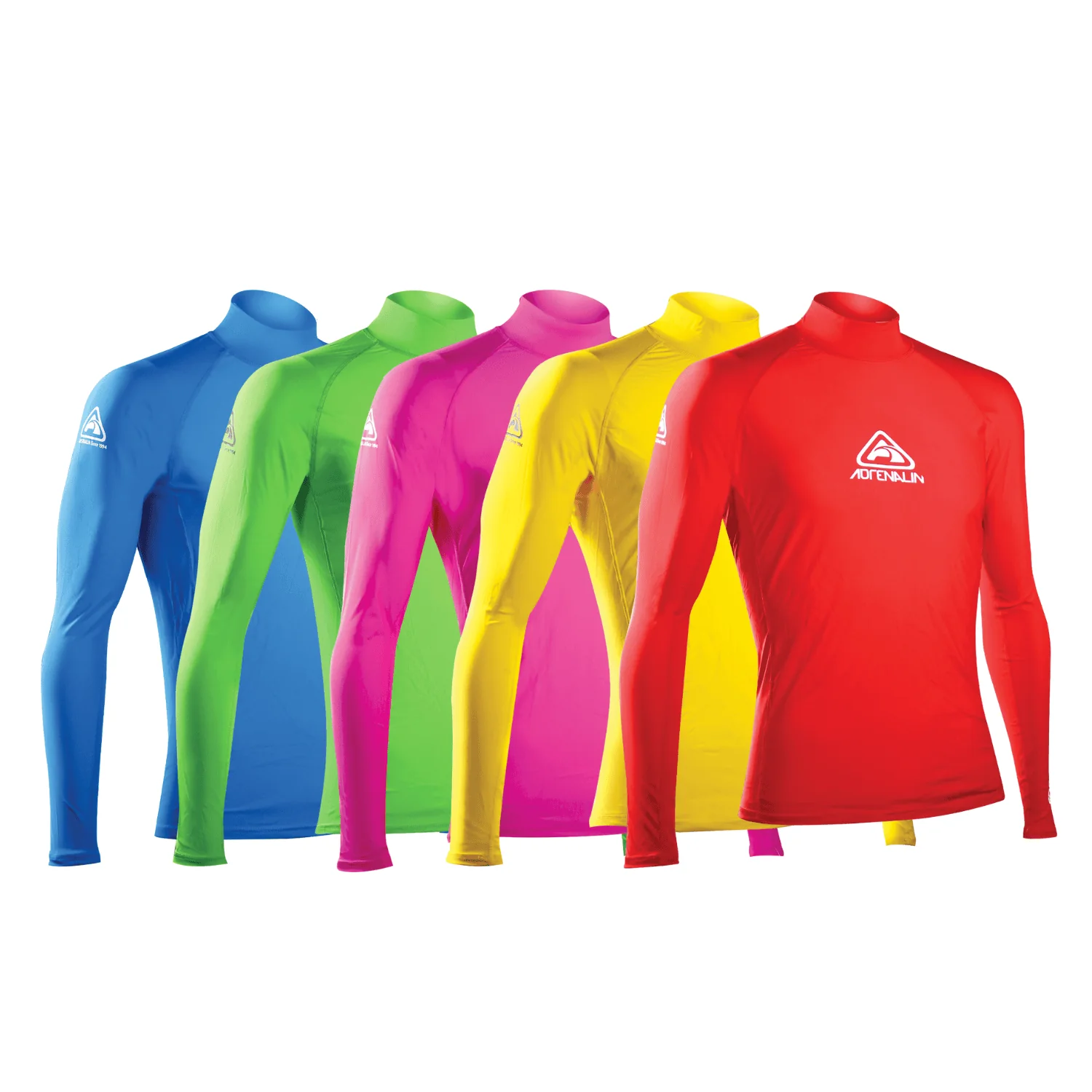If you’ve spent any time at the beach or in the surf, you’ve probably seen people wearing lightweight, fitted tops called rashies or rash vests. Common across Australian beaches, these garments are essential for water lovers who want protection from the sun, salt, and sand. But what exactly is a rashie, and what makes it so popular? Let’s dive into what these versatile tops are, how they work, and why they’re a must-have for swimmers, surfers, and anyone spending time in the water.
The Origin and Meaning of the Term “Rashie”
The term “rashie” is short for “rash vest” or “rash guard,” originating from the surfing community. Surfers began wearing them to prevent skin irritation—known as “board rash”—caused by rubbing against waxed surfboards. Over time, they became popular beyond surfing for their comfort, flexibility, and protective features. In Australia, the term “rashie” has become the everyday name for any fitted, quick-drying top worn in or around the water.
Key Features of a Rash Vest
Modern rash vests are designed with performance and protection in mind. Most are made from a blend of polyester, nylon, and elastane, providing a flexible fit that moves with your body. The best options offer UPF 50+ sun protection, shielding your skin from harmful UV rays while allowing you to enjoy long hours outdoors. Quality rashies also feature flatlock stitching to prevent chafing, quick-dry materials for comfort, and durable fabrics resistant to chlorine and saltwater. Available in both short and long sleeves, they cater to a variety of climates and activities.
Main Uses for Rashies
Rashies are one of the most versatile pieces of waterwear you can own. Originally made for surfers, they’re now worn across a wide range of water sports and recreational activities. You’ll find them used for:
- Surfing and bodyboarding
- Swimming and snorkelling
- Kayaking and stand-up paddleboarding
- Jet skiing and sailing
- Everyday beach and poolside protection
For anyone who spends time in or around the water, the best rashies Australia options provide sun-safe comfort without restricting movement. They’re lightweight enough for swimming yet durable enough for more active sports like surfing and paddling.
Rashie vs. Wetsuit – What’s the Difference?
While rashies and wetsuits may look similar at first glance, they serve different purposes. Rashies are made from thin, stretchy fabrics that provide sun protection and reduce friction. Wetsuits, on the other hand, are made from neoprene, a thicker material designed to insulate and retain body heat in cold water. A rashie doesn’t add warmth or buoyancy but excels in flexibility and breathability. Many swimmers and surfers wear rashies under their wetsuits for added comfort and UV protection when the wetsuit is removed between sessions.
Benefits of Wearing a Rashie
A rashie is more than just a stylish addition to your swimwear—it’s a practical layer for safety and comfort. It helps prevent skin irritation from salt, sand, and surfboard wax while providing reliable sun protection that doesn’t wash off like sunscreen. Rashies are also ideal for layering under wetsuits, helping to prevent chafing around the neck and shoulders. For casual swimmers, they add coverage without bulk, and for active surfers or paddlers, they offer unrestricted mobility with peace of mind against the sun’s harsh rays.
Choosing the Right Rashie
When selecting a rashie, it’s important to consider fit, purpose, and material quality. A snug fit is best for performance sports like surfing or swimming, while a looser style may suit casual beachwear. Check for features like chlorine resistance if you’ll be using it in pools, or thermal lining for cooler conditions. Rashies come in styles for men, women, and children, each cut to suit different body shapes for comfort and coverage. If you spend time outdoors year-round, investing in a thermal or quick-dry version ensures long-lasting performance.
Care Tips to Extend Rashie Life
To keep your rashie in great condition, rinse it with fresh water after each use to remove salt, chlorine, or sand. Avoid wringing it out, as this can stretch the fabric. Instead, gently squeeze out excess water and hang it to dry in the shade. Prolonged exposure to sunlight can fade colours and weaken elasticity over time, so store your rashie in a cool, dry place. With proper care, a high-quality rash vest can last for many seasons of swimming and surfing.
Wrapping Up
From sun protection to comfort and style, a rashie is an essential part of any Australian’s water wardrobe. Whether you’re an avid surfer, a weekend swimmer, or a parent keeping your kids safe under the summer sun, a good rash vest offers lightweight protection and freedom of movement. It’s a simple yet effective way to stay sun-smart and comfortable while enjoying Australia’s beautiful beaches, rivers, and pools.



